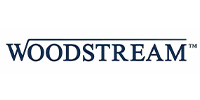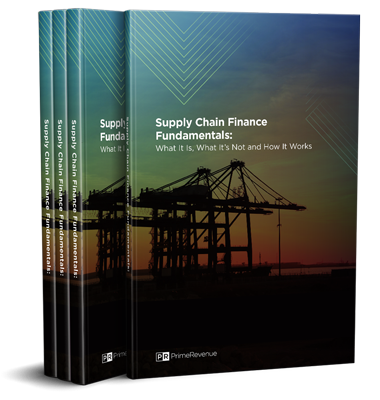Working capital is critical to every business – particularly now. Economic uncertainty, industry volatility, geopolitical changes, pandemics and other factors can have a material impact on cash flow.
To be considered high performing, global supply chains must be agile, innovative and competitive in spite of these variables – and that’s fueled by working capital. It’s no surprise that today’s finance and procurement professionals are seeking ways to more easily access the working capital trapped in their supply chains.
Enter supply chain finance – also known as reverse factoring or supplier finance. In this white paper, we cover the fundamentals, including:
- What is supply chain finance? What is it not? How does it work?
- What are the benefits?
- What are common misconceptions surrounding supply chain finance (also known as reverse factoring)?
- Following supplier onboarding, how are receivables submitted and processed?
Our Valued Clients
"*" indicates required fields
GROW
CONFIDENTLY
IMPROVE
PERFORMANCE
STRONGER
SUPPLY CHAIN
A strong liquidity position and working capital control opens up possibilities — to do more, grow faster, and forge a mightier supply chain.












